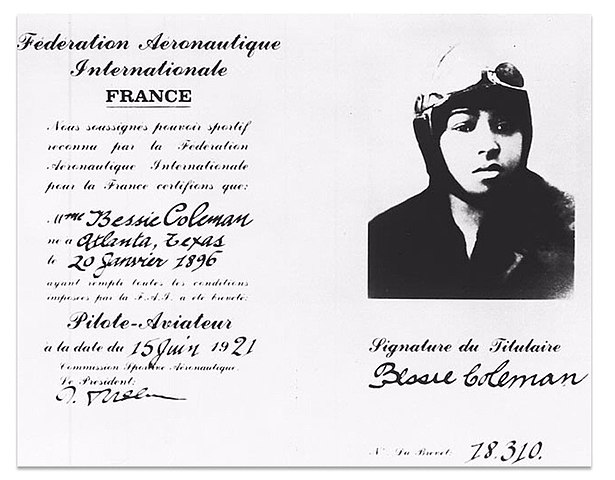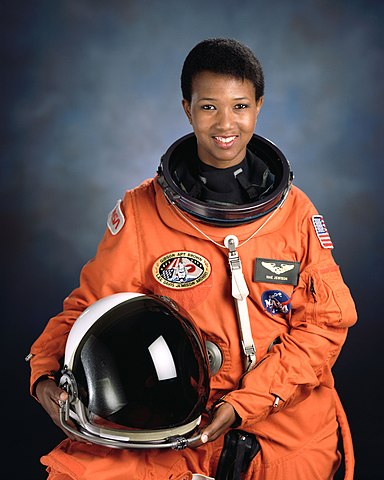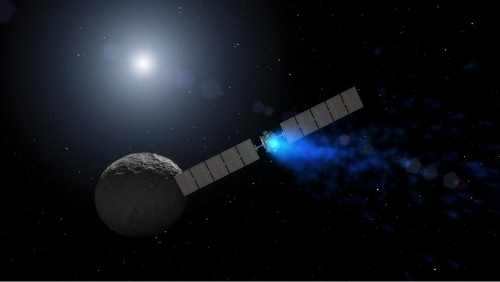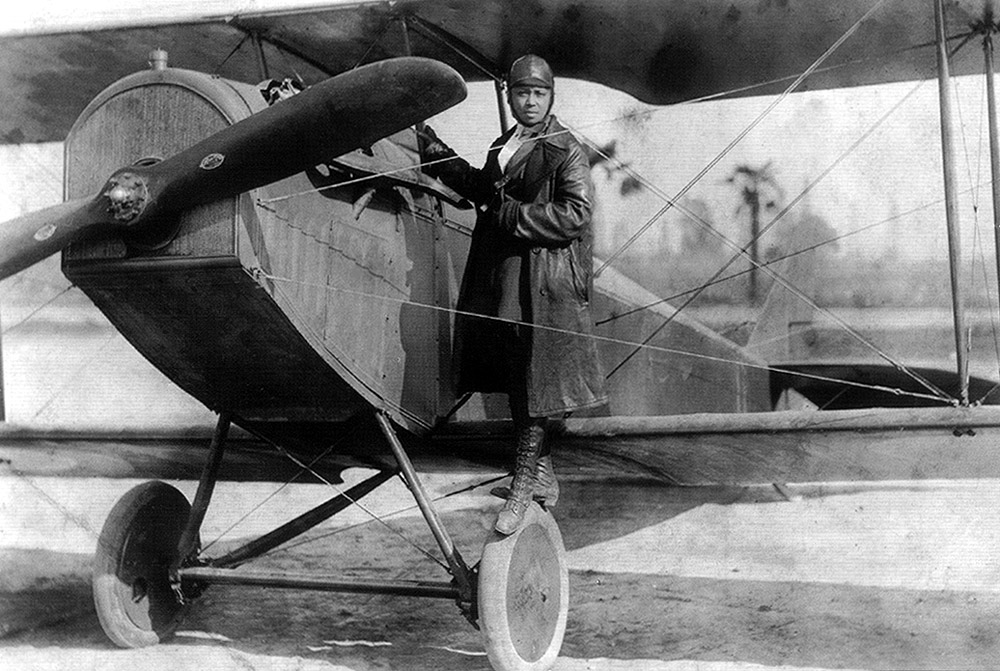By: Julius Lacano, Director of Education
When one looks at the pantheon of great aviators, various names may come to mind: Orville and Wilbur Wright, Charles Lindbergh, and Chuck Yeager, just to name a few. But, often absent is the name of someone whose achievements are equally as important and inspiring: Bessie Coleman.
A Black woman of Cherokee descent, Bessie’s childhood was a constant reminder of the realities of racial, gender, and class discrimination. Although she grew up in poverty and being the twelfth of thirteen children, her mother, Susan, encouraged her to get an education. Upon graduation from high school, a rare feat for a Black woman in the early 1900s, she moved to Chicago to live with her brother, where she became enthralled with the idea of becoming a pilot. Working as a manicurist and restaurant manager, Bessie saved up the money she needed to enroll in flight school. Yet, despite her drive and lofty ambition, she was denied entry due to her marginalized status as a Black woman.
Two prominent Black Chicago businessmen were captivated by her quest to become a pilot and offered to sponsor her travel to Europe to attend flight school. On June 15, 1921, seven months after arriving in France, her dream was realized, making Bessie Coleman the first Black and American Indian person to earn a pilot’s license.
After returning from France, “Queen Bess” engaged with Black and women audiences, encouraging them to learn to fly. She offered lessons, gave speeches, and put on demonstrations to any audience that was nonsegregated and non-discriminatory.
Bessie’s greatest dream was to start a flight school of her own, but tragically this goal was never realized. While performing at an air show in Jacksonville, Florida, on April 30, 1926, Bessie and her mechanic, William Willis, were killed in an accidental crash.
More than 60 years after her passing, Bessie’s story continued to serve as encouragement for the next generation of aerospace professionals. On September 12, 1992, Dr. Mae Jamison boarded the Space Shuttle Endeavour from the Kennedy Space Center, becoming the first Black woman to travel to space. After returning to Earth, Jameson said, “What I hope is common to me and Bessie is the smile of adventure, self-determination, and dogged will to see beauty in the world even as ugly things happen around us and to us. I point to Bessie Coleman and say without hesitation that here is a woman, a being, who exemplifies and serves as a model to all humanity: the very definition of strength, dignity, courage, integrity, and beauty.”
It is now up to us, the inheritors of her legacy, to stand up, follow Bessie’s lead, and inspire all people to reach for the stars.






